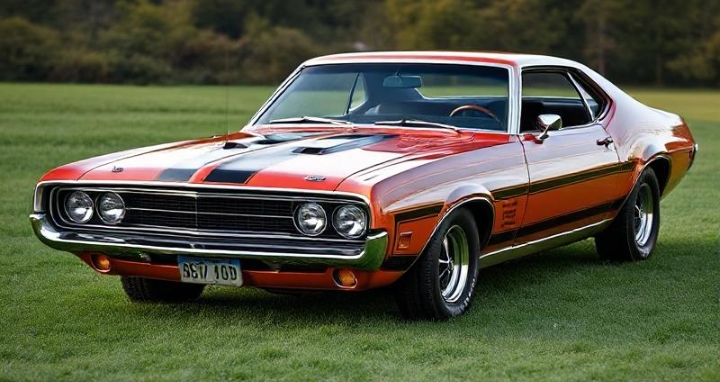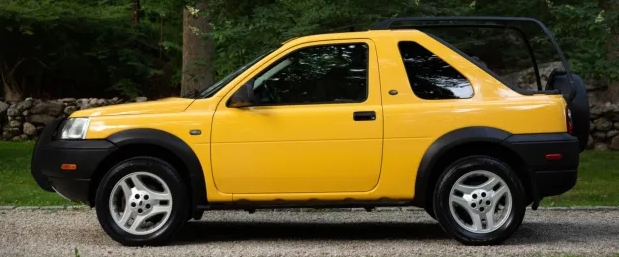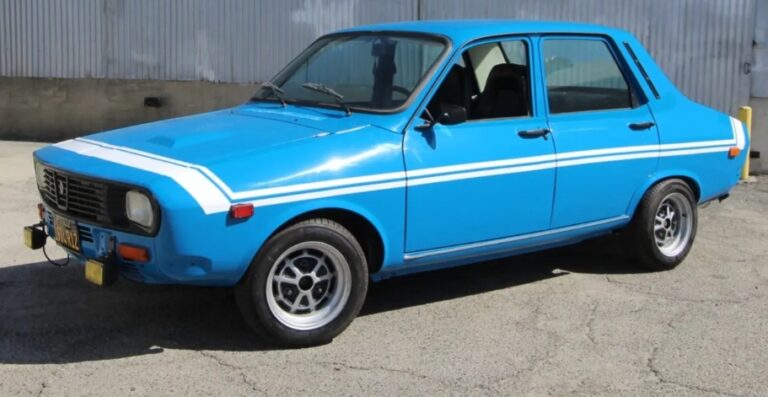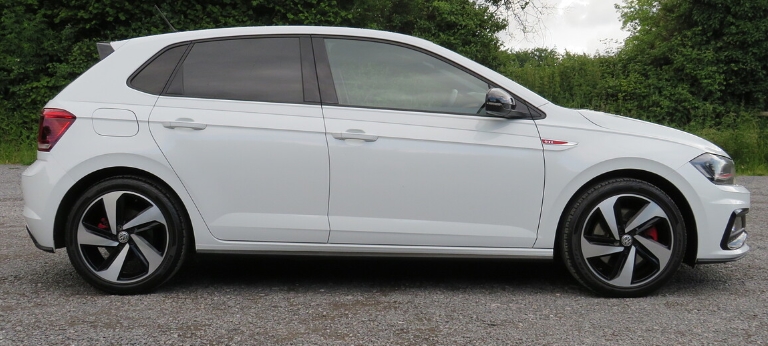The Evolution of the Alfa Romeo Alfetta
The Alfa Romeo Alfetta stands as a significant model in the Italian automaker’s storied history, embodying technological innovation, distinctive design, and a commitment to sporty driving. Introduced in the early 1970s, the Alfetta’s production spanned over a decade and included various models and trim levels, reflecting the brand’s evolution and shifting market demands. This article provides a comprehensive overview of the Alfetta’s development, highlighting its production timeline, models, and the range of trims offered throughout its lifecycle.
Origins and Introduction (1972)
The Alfa Romeo Alfetta was officially launched in 1972, debuting at the Turin Motor Show. Its name, meaning “little wing” in Italian, hints at the car’s design inspiration and performance aspirations. The Alfetta was designed to replace the aging 105/115 Series sedans and aimed to combine sporty performance with practicality and innovative engineering.
Design and Engineering Features:
- Layout: The Alfetta featured a front-engine, rear-wheel-drive configuration.
- Chassis: It employed a unibody construction with a distinctive transaxle layout—placing the gearbox at the rear of the engine compartment and the differential at the rear axle—aimed at improving weight distribution and handling.
- Suspension: It utilized independent front suspension with MacPherson struts and a sophisticated rear suspension with De Dion tube, a rarity at the time.
- Engine: The initial lineup was powered by inline-four engines, with a range of displacements and power outputs.
First Generation (1972–1987)
The first generation of the Alfa Romeo Alfetta was produced over a lengthy period, with various updates and models introduced throughout its lifespan. The model’s longevity is a testament to its popularity and the adaptability of its design.
Early Models and Trim Levels (1972–1979)
Alfetta 1.3 (1972-1974):
- Engine: 1.3-liter twin-cam inline-four producing approximately 91 horsepower.
- Features: Basic trim, manual transmission, and minimal luxury appointments.
- Market Position: Entry-level version aimed at budget-conscious buyers.
Alfetta 1.6 (1972-1974):
- Engine: 1.6-liter twin-cam inline-four, producing around 108 horsepower.
- Features: Slightly upgraded interior, optional sunroof, and improved trim.
Alfetta 1.8 (1974-1979):
- Engine: 1.8-liter twin-cam inline-four, with around 122 horsepower.
- Features: Enhanced interior options, improved suspension, and braking systems.
- Special Models: Introduction of the Alfetta 1.8 Special with luxury features and higher trim.
Alfetta 2.0 (1974-1979):
- Engine: 2.0-liter twin-cam inline-four, delivering approximately 122-130 horsepower depending on the market and version.
- Trim Levels:
- Standard 2.0: Basic features for everyday driving.
- Lusso: Higher trim with upgraded interior, vinyl or leather seats, and additional comfort features.
- Iniezione (Injection): A fuel-injected version offering improved performance and efficiency.
Performance-Oriented Models
Alfetta GTV (1974–1987):
- A coupe variant introduced as a sporty two-door, sharing many mechanical components with the sedan.
- Available with 1.6, 1.8, and later 2.0-liter engines.
- Trim levels varied from base models to more luxurious versions.
Alfetta 2.0 Turbo (1982–1987):
- Introduced in the early 1980s, this turbocharged model was aimed at the enthusiast market.
- Featured a 1.8-liter turbo engine producing about 155 horsepower.
- Notable for its performance and distinctive styling cues.
Mid-Cycle Updates and Variants (Late 1970s–Early 1980s)
During the late 1970s and early 1980s, Alfa Romeo refined the Alfetta lineup:
- Facelift (1979): The Alfetta received a styling refresh with new front grille, bumpers, and updated interior features.
- Range Expansion: Introduction of the Alfetta 2000 (later called the 2.0 GTV), with sportier suspension, upgraded brakes, and more aggressive styling cues.
- Increased Focus on Performance: The turbo models and the GTV became more prominent, appealing to sporty drivers.
Second Generation and Variants (1987–1994)
In 1987, Alfa Romeo launched the Alfetta 90, a new model that effectively replaced the original Alfetta sedan in many markets. Though technically a successor, the Alfetta name persisted in the form of updated and related models.
Alfetta 90 (1987–1992):
- Design: More aerodynamic, with a sleeker profile.
- Engines: 1.6, 1.8, and 2.0-liter engines, with carbureted and fuel-injected options.
- Trim Levels: Offered in standard, Super, and Quadrifoglio Verde (QV) trims.
- Quadrifoglio Verde: The sporty high-performance version, with sportier suspension, unique trim details, and a more powerful engine.
Alfetta 2.0 and 2.0 Quadrifoglio Verde (1987–1992):
- The QV variant boasted around 150 horsepower.
- Equipped with sport suspension, distinctive badging, and interior accents.
Limited Editions and Special Models
Throughout its production, Alfa Romeo also released several limited editions and special models:
- Alfetta GTV and GTV6 (1983–1997): The GTV was a coupe based on the Alfetta platform, initially with a 2.0-liter engine, later upgraded to a 2.5-liter V6.
- GTV6 (1986-1997): Featuring a 2.5-liter V6 engine, this model was highly regarded for its performance.
- Alfetta 2.0 Turbo (early 1980s): A rare high-performance turbocharged version.
.
THIS might be a great place to get your new car from!
Or for those who are into the “car flipping” business, here’s an excellent resource for you!

.
End of Production and Legacy (1994)
By the mid-1990s, the Alfetta’s production ended, replaced by newer models such as the Alfa Romeo 155. The Alfetta’s legacy persists as a model that embodied Alfa Romeo’s sporty ethos, innovative engineering, and distinctive Italian styling.
Summary of Key Models and Trim Levels
| Years | Models / Variants | Notable Features |
|---|---|---|
| 1972–1974 | Alfetta 1.3, 1.6, 1.8 | Entry-level, various displacements, basic trims |
| 1974–1979 | Alfetta 2.0, 2.0 Lusso, Iniezione | Performance options, luxury trims |
| 1974–1987 | Alfetta GTV, GTV6 | Coupe versions, sporty and V6 options |
| 1979–1987 | Facelift models with updated styling | Minor aesthetic and feature updates |
| 1987–1992 | Alfetta 90, Quadrifoglio Verde (QV) | Modern styling, sport trims, turbo variants |
| 1986–1997 | GTV, GTV6 | Coupe models with V6 engines |
Conclusion
The Alfa Romeo Alfetta’s evolution reflects a commitment to innovation, sporty driving, and Italian craftsmanship. From its inception in the early 1970s as a technologically advanced, transaxle-equipped sedan, through its various updates and sporty variants, the Alfetta remained a symbol of Alfa Romeo’s racing heritage and engineering prowess for over two decades. Its diverse range of models and trims catered to a broad spectrum of enthusiasts—from practical drivers to performance aficionados—cementing its place as a classic in Alfa Romeo’s lineup.
Today, the Alfetta is celebrated among collectors and enthusiasts as a quintessential example of 1970s and 1980s Italian automotive design and engineering excellence.







